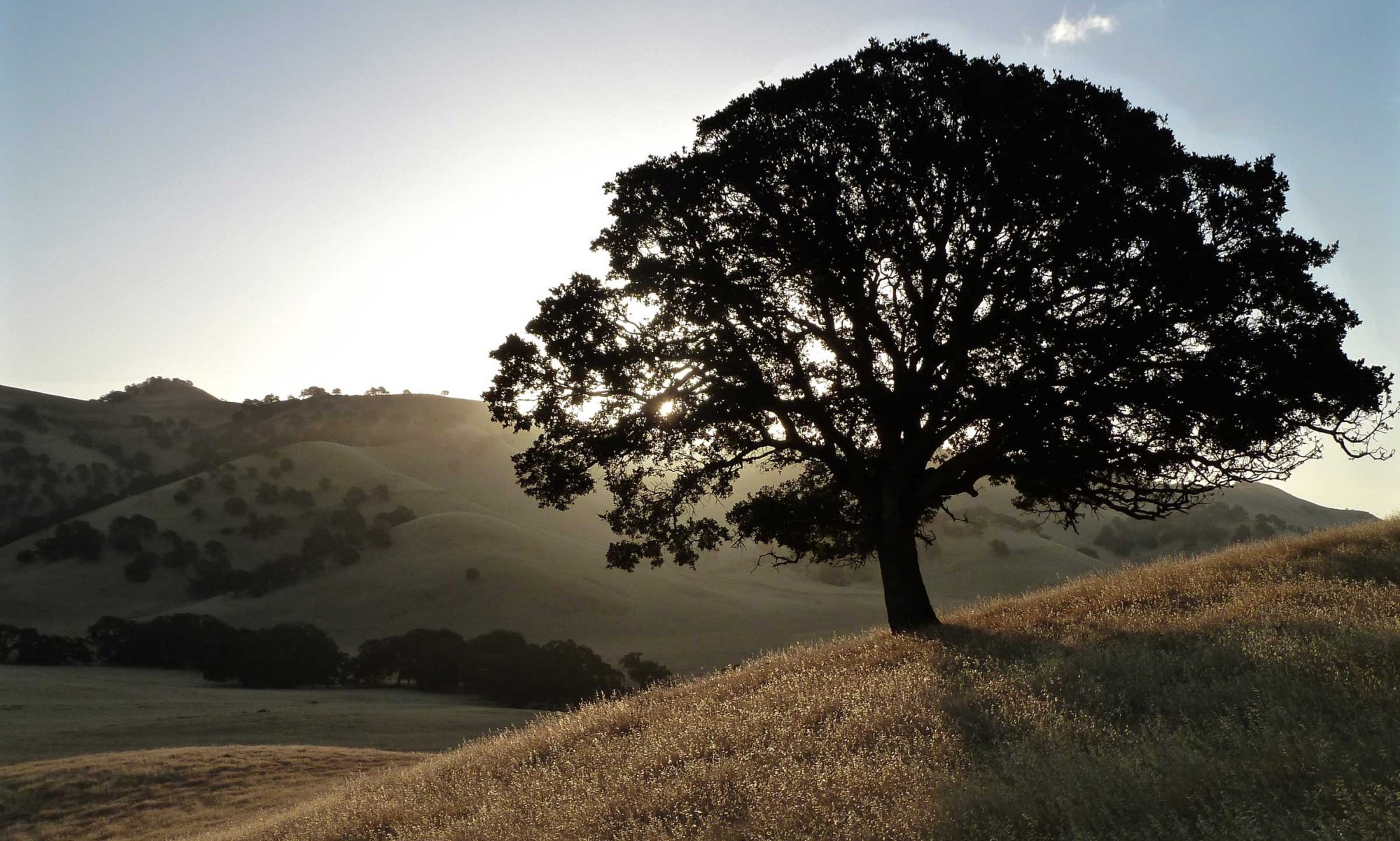Review
Ira Stein and Russel Walder’s “Elements” is a misty morning cup of coffee. Energetic, even upbeat moments abound, but the overall mood is warm, wistful, and well-paced with a real sense of rhythm and flow from one moment to the next.
“Elements” is the recording debut for both Ira Stein and Russel Walder, and the twentieth album released on Windham Hill Records.
Stein’s playing is remarkable throughout, with both a solid command and a light touch on his instrument – with moments that remind one of the percolating playing of fellow Bay Area pianist Vince Guaraldi. Stein also composed all the tracks. More than most Windham Hill albums, “Elements” feels like jazz – the players so imbue their parts with feeling that each note sounds as if it could only be conceived in the moment.
Walder had been training with some of the shining lights in modern acoustic music – Paul McCandles and Ralph Towner, and his training and own personal magic are apparent. Under lesser skills, the 0boe can become grating with its high piercing tone. Here, Walder’s tone and touch give us playing that is sweet, yet complex, almost mimicking a human voice more like a tenor sax than an oboe.
I recently traded e-mails with Walder, and he shared some thoughts on his Windham Hill releases:
“Elements and Transit came at the very beginning of my career. It was a very exciting time in music and for me personally. Windham Hill was the magic door to everything that has happened since. I recently returned from a music tour to Spain and I remember going there with Windham Hill and it was a circle that completed itself. I also just came back from a tour of India with my new band and it was the first time since Windham Hill that I have have played in anything other than as a soloist.”
Walder has recorded a significant body of work, and fans of “Transit” in particular should check out his album “Rise,” available at Walder’s current sites:
www.nomadsoulrecords.com
http://www.cdbaby.com/cd/russelwalder
As part of the overall Windham Hill vision of 1982, “Elements” shares more than a little DNA with Darol Anger and Barbara Higbie’s “Tideline,” released immediately after this. Both albums are central to the reasons I love Windham Hill music, although over the years, I find myself reaching for the glorious “Transit” over this release. No slur on “Elements,” it’s just that “Transit” is a masterpiece. Similarly, I sometimes play “Birth of the Cool” by Miles Davis. But more often than not, I’ll reach for “Kind of Blue” first.
Recommended.
“Keyboardist Ira Stein and oboist Russel Walder met in 1981 at a series of master classes taught at the Naropa Institute by two of their major influences, Ralph Towner and Paul McCandless. Shortly thereafter, Stein And Walder produced a demo and were signed to Windham Hill. Over the years, their sound has expanded from the acoustic duets of their 1982 debut, Elements, to a satisfying blend of electronic keyboards, drums, bass, and intricate studio enhancements.”
~ Linda Kohanov, All Music Guide
Walder was born and raised in Deerfield, Illinois. Following his graduation from Deerfield High School, he briefly attended the University of Arizona in Tucson Arizona.
He then also attended The Boston Conservatory of Music, and The California Institute of the Arts.[1] He also studied privately with teachers at The New England Conservatory of Music. At age 17 he toured Europe and North American with the United States Youth Symphony appearing in Carnegie Hall and Royal Albert Hall among many notable venues. Walder came onto the contemporary jazz instrumental scene quickly in 1982, at the age of 19, after joining Windham Hill Records and then recording Elements with pianist Ira Stein. The pair met at Naropa Institute while studying with the jazz fusion group Oregon. Walder also studied with Oregon Jazz legend Paul McCandles. After the success of Elements, Walders next recording, 1986’s Transit, again with Stein, also included performances by Bruce Hornsby and mixing by Mark Isham.
~ Wikipedia biography for Russel Walder
Comments
Have a thought, memory or experience to share about this album or any of the musicians? Share it in the comments section below.
Track Listing
Side One: 17:04
Elements 11:14
Minou’s Waltz 5:50
Side Two: 19:51
The Epic 1:20
Rice Fields 6:00
Eden 5:44
Caravan 6:27
Samples
Have a sample to share? Post it and pass it along.
Liner Notes
Ira Stein, Piano
Russel Walder, Oboe
Produced by William Ackerman
- Engineered and Mixed by Edward Bannon, Tres Virgos Studios, San Rafael, CA
- Assistant Engineer: Robert L. Missback
- Half-Speed Mastering by Jack Hunt, JVC Cutting Center
- Matrix and Pressings by Record Technology Inc. Camarillo, CA
- Cover Photo by Jerry Lukowicz, San Francisco, CA
- Liner Photos by Anne Ackerman, Ira Stein (l.), Russel Walder (r.)
- Design by Anne Ackerman
- Thanks to Steven Miller for his contributions to production
- All Compositions by Ira Stein
- All Selections Windham Hill Music (BMI)
- Manufactured by Windham Hill Records
- A Division of Windham Hill Productions Inc.
- Box 9388 Stanford, CA 94305
©(P) Windham Hill Records 1982
This recording was made on an MCI JH-24 recorder at 30 inches per second, and mixed onto an Ampex ATR 102 two-track. Teh principal microphones both for the 1932 Baldwin grand piano and the oboe were Crown PZM(tm) phase coherent microphones. No noise reduction, limiting or compression was employed.
KEF speakers were used for audio monitoring and referencing on this recording.
Credits
Many thanks to Toni and Dad, Marily and Fred, Barb and Clint, Deb, David, Paul McCandles, Ralph Towner, Glen Moore, Collin Walcott, Art Lande, Allen Vogel, Cynthia Maser, Howard Weisel, Dick Fister, Nika, Fellow Calartians, Harobed and Dominique.
Dedicated to Rudy G. and Minou.
Engineer Edward Bannon in the Tres Virgos recording Studio in San Rafael, circa 1980.
(photo from http://tresvirgosstudio.com/history)




